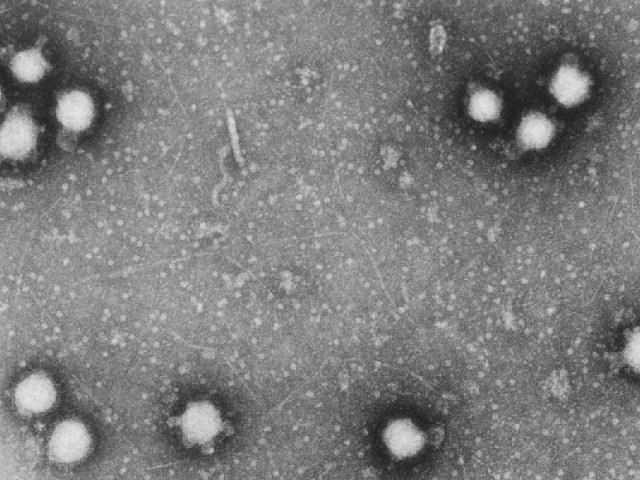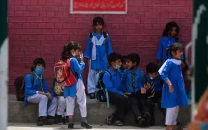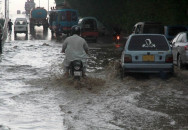Viral disease: Third Congo fever patient of the year dies
Nine cases have been reported since January.

Since January this year, nine cases have been reported in different hospitals. Five were reported at Liaquat National Hospital, two at Aga Khan University Hospital and one each at the National Institute of Blood Diseases (NIBD) and Patel Hospital.
However, the doctors say that the virus is not very common in Sindh and is spreading from Balochistan, since five of the reported patients came from there, while the rest ‘had a link’ to the province. According to Sindh Surveillance Cell at Civil hospital, four deaths were reported by the Congo haemorrhagic fever last year.
According to Prof. Dr Tahir Shamsi, the director of NIBD, the infections is caused by a tick-borne virus which is usually found in domestic and wild animals. Usually people involved in professions where they regularly deal with animals or their by-products, such as shepherds, butchers, slaughter-houses workers and veterinarians are at greater risk.
The symptoms of Congo fever are similar to that of dengue hemorrhagic fever. A patient suddenly develops high fever, gets the chills and has severe muscular pain, headache and vomiting. With time, other symptoms also develop, such as, flushing of the face and dryness of tongue. Sometimes the tongue is coated in blood. Continuous loss of blood in vomit and internal bleeding makes the heart weak and as a result, blood pressure also drops drastically.
The peak season for the virus is from June to September but the doctors at Sindh Surveillance Cell said that the cases were reported all year round. There are also chances of it spreading around the time of at the time of Eid-ul Azha.
However, most of the animals coming to Sindh do not come from Balochistan, added Prof. Shamsi. He said that between 40 and 50 cases were reported every year across the country and out of them around 50 per cent patients, even though the disease has a 30% mortality rate.
“The reason so many people die is because the disease is often detected quite late.” According to Shamsi, if the virus is detected early, then it can be cured with an anti-viral drug called Ribavirin, which is also used for treating people suffering from hepatitis C.
Published in The Express Tribune, August 11th, 2012.












1726134115-0/BeFunk_-(41)1726134115-0-208x130.webp)






COMMENTS
Comments are moderated and generally will be posted if they are on-topic and not abusive.
For more information, please see our Comments FAQ